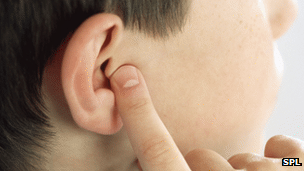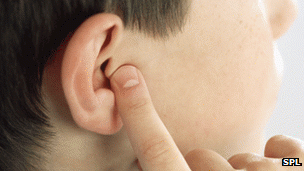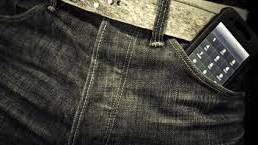Now Hear This: Deaf gerbils ’hear again’ after stem cell cure
Source: bbc.co.uk
 UK researchers say they have taken a huge step forward in treating deafness after stem cells were used to restore hearing in animals for the first time.
UK researchers say they have taken a huge step forward in treating deafness after stem cells were used to restore hearing in animals for the first time.Hearing partially improved when nerves in the ear, which pass sounds into the brain, were rebuilt in gerbils - a UK study in the journal Nature reports.
Getting the same improvement in people would be a shift from being unable to hear traffic to hearing a conversation.
However, treating humans is still a distant prospect.
If you want to listen to the radio or have a chat with a friend your ear has to convert sound waves in the air into electrical signals which the brain will understand.
This happens deep inside the inner ear where vibrations move tiny hairs and this movement creates an electrical signal.
However, in about one in 10 people with profound hearing loss, nerve cells which should pick up the signal are damaged. It is like dropping the baton after the first leg of a relay race.
The aim of researchers at the University of Sheffield was to replace those baton-dropping nerve cells, called spiral ganglion neurons, with new ones.
[...]
Analysis: A hairy problem
While there is excitement at the prospect of using stem cells to restore nerves in the ear this exact technique will not help the vast, vast majority of people with hearing loss.
Most hearing problems are caused by damage to the tiny delicate hairs which convert mechanical vibrations into electricity.
This research group have also converted embryonic stem cells into the early versions of the hair cells.
However, injecting them into the ear to restore hearing will be no easy task.
The hairs cells all need to be in the exact place and pointing in exactly the right direction.
Prof Dave Moore said using stem cells to repair the hairs was "almost an impossible task" and that the far-fetched concept of growing and transplanting a replacement ear seemed more likely.
[...]
Read the full article at: bbc.co.uk






















